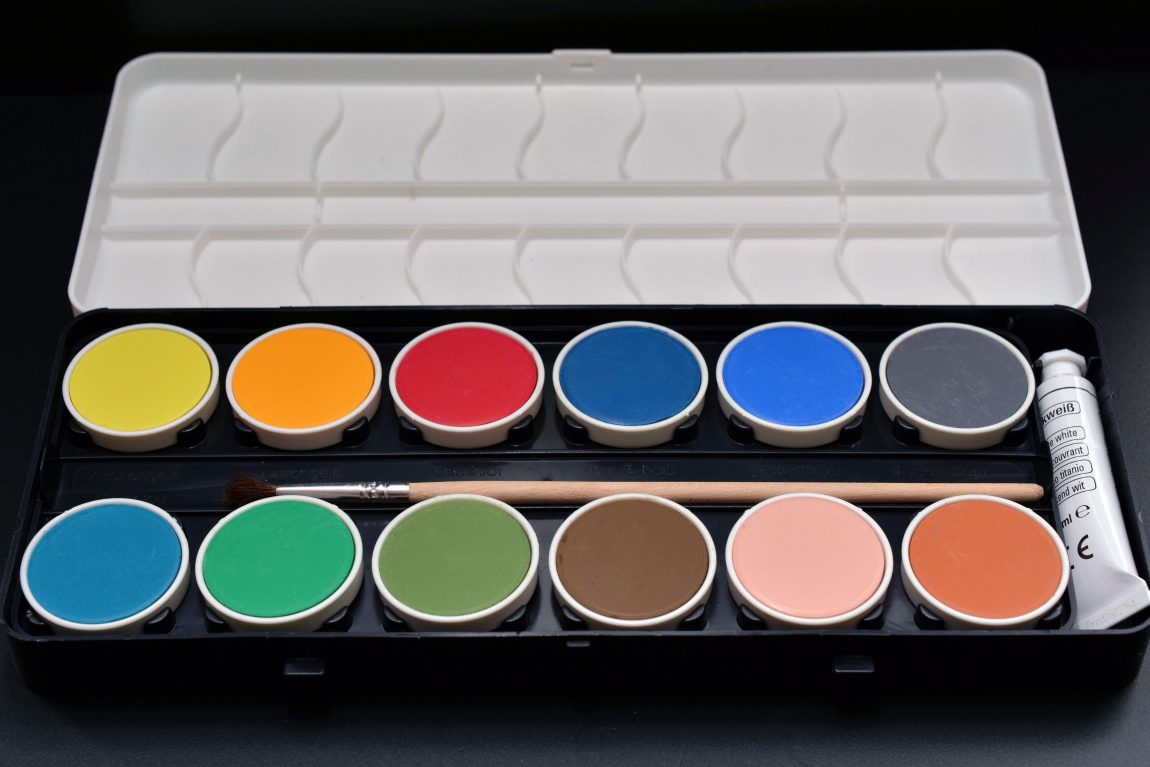B2B Monday Myth: B2B Web Design is All About Pretty Pictures
by MGB2B
The Myth: Web Design is All About Pretty Pictures
The Truth: B2B Web Design Needs to Properly Guide your Audience Throughout the Site
When it comes to B2B web design, the challenge has nothing to do with the pretty pictures and crazy font. Instead, it has everything to do with the process and functionality that guides your audience through the site.
User Experience
In order to do so, there needs to be a strong focus in user experience. A good user experience has to include accurate and relevant call-to-action buttons and website functionality – this is a non-negotiable. Website functionality isn’t about pretty pictures, like many may think. A clean and focused webpage format draws attention to the site and leads users to where you want them to go.
Also included in user experience is a strong message that is portrayed throughout the site. A lack of message (or an unfocused one) confuses your audience as to what your company does. A strong company message builds trust and lets users know what your company is all about. Your B2B web design must focus on strong messaging throughout the entire site in order to give your audience a sense of understanding – which will ultimately keeps them interested.
Call-to-Action
It is important to have the right call-to-action buttons throughout a site to drive people to a contact page and capture them as a lead. In order to drive people to a contact page, your B2B web design blueprint needs to include easy access to your lead generation form. Basically, if a user has to dig for a way to contact you, the website isn’t guiding your audience. And your user has to already have intent – and patience. A better user experience on your B2B page leads users to easy-to-find contact pages, which means higher conversion results.
The more CTA buttons you have, the better your results are likely to be. Repetition is key. Instead of just having one call-to-action button on the top of the website, it is beneficial to include them on the bottom of each page as well.
Lead Generation
Once your website is designed to accurately and effectively guide users through your site, more and more visitors are able to be converted into leads. After that, you can determine whether the call-to-action buttons helped to generate a lead. Then, you can see how they interact with your brand and determine whether the lead becomes “qualified”.
While pictures are eye catching, they do not create leads. If your B2B web design accurately guides your audience throughout your site with strong functionality and properly placed call-to-action buttons, there is a very strong chance that more users will interact and become interested in filling out a contact form to learn more.
Continue ReadingB2B Monday Myth: When Sales Are Down, a Quick Fix Is the Answer
by MGB2B
The Myth: A Quick-Fix Marketing Campaign Is Necessary When Sales Numbers Are Down.
The Truth: A Slow-Burn B2B Marketing Strategy Will Foster ROI in the Long-Term.
Imagine: it’s Q2, and you look at the numbers. And the numbers aren’t looking good. If you end the year like this, it is bad news. Panicked, you call your marketing department, and give them this message: Do whatever you can, right now, to get my sales numbers up.
And Marketing executes a last-ditch, quick approach to try to get your company back on track. It may even yield good results. In the short term.
But the truth is, if you implemented long-term marketing strategy in Q1, you should expect a slow burn instead of an immediate increase in ROI. Especially with marketing plans that rely heavily on content marketing. If you put your time into a quick execution to boost immediate numbers, you’re wasting it. Instead, you should spend that time working toward larger, long-term successes.
There are several elements that take time to develop – many that require testing – in order to be done well. So you have to ask: what are the steps for implementing a successful long-term B2B marketing strategy?
Step 1: Know Your Goals and Objectives
The purpose of your campaign is to increase ROI over the long haul, not just in the immediate future. Converting leads right now will increase your sales in the short term, but long-term thinking will set the wheels in motion for greater successes year after year. Outside of sales, what are you looking for? Know exactly what you want to achieve from your campaign. You cannot expect to implement this strategy in a day and have leads knocking the door down. Brainstorm how you can sustain this campaign in the over one year, two years, three. And remember, a lot of your strategy will hinge on building relationships over time. Continuous engagement with your brand puts you on a steadier path to conversion.
If you are a bigger company, it might benefit you to take a step back and look at the bigger picture for your marketing strategy. Reworking your brand may be the key to sustaining leads for longer.
Step 2: Do Your Research
Your strategy will be useless if you haven’t taken the time to do proper research on your target audience and how your message will be best conveyed. Utilize market research initiatives to find out more abut who you plan to target, what they want, where they are in terms of the sales funnel, what messages resonate with them, and their preferred media and marketing channels. By doing the research, you will be putting the right message in front of the right people at the right time.
Step 3: Implement, Evaluate, and Fine-Tune
Your slow-burn campaign will be a long-term commitment, meaning the creation of a pipeline with organized divisions of labor and clear deadlines is vital to staying on track. When implementing a long-term strategy, you want to make sure it is as effective as possible. That’s why it’s important not to underestimate the value of keyword evaluation, website analytics, and A/B testing. Note that sales are far from the only KPI (key performance indicator). It’s important to align your KPIs with the goals you set in Step 1. If you’re measuring the wrong thing, it may become an obstacle rather than a boon. You may also need to accept that not all measures of success can be supported by hard data.
Taking the time to create a strategy, research your target audience, and detailed evaluation may seem like a lot of work. But it’s worth it in the long run. While you may not see an immediate increase in sales, these steps will ultimately foster long-term success that all company stakeholders will benefit from in the end.
Continue Reading

